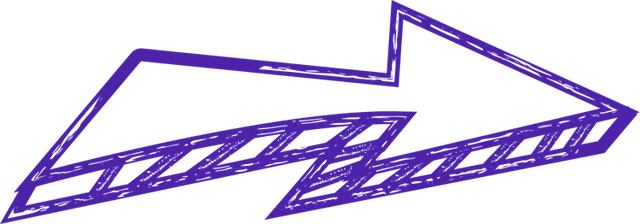
scalable vector graphics svg
Scalable Vector Graphics (SVG)
Advantages of SVG
One of the key advantages of SVG is its scalability. As mentioned earlier, SVG images can be scaled to any size without loss of quality, making them ideal for use in responsive web design. This means that SVG graphics can adapt and adjust to different screen sizes and resolutions, ensuring a consistent and optimal viewing experience across various devices.
Another significant advantage of SVG is its small file size. SVG images are typically much smaller in size compared to other image formats, such as JPEG or PNG. This is because SVG files store graphics as mathematical formulas rather than individual pixels, resulting in smaller file sizes and faster loading times. This makes SVG an excellent choice for web graphics, as it contributes to improved website performance and reduced bandwidth usage.
Interactivity and Animation
SVG also offers extensive support for interactivity and animation, making it a versatile format for creating engaging and interactive web content. With SVG, developers can add interactive elements such as hyperlinks, tooltips, and hover effects, enhancing user experience and providing additional functionality. Additionally, SVG supports animation through the use of CSS or JavaScript, allowing for the creation of dynamic and visually appealing graphics.
Accessibility and SEO
Another noteworthy aspect of SVG is its accessibility. SVG images can be easily integrated with assistive technologies, such as screen readers, ensuring that visually impaired users can access and understand the content. Moreover, SVG images can be indexed by search engines, contributing to better search engine optimization (SEO) and improved discoverability of web content.
Cross-Browser Compatibility
SVG is supported by all major web browsers, including Chrome, Firefox, Safari, and Edge. This ensures consistent rendering and compatibility across different platforms and browsers, making SVG a reliable choice for web developers.
In conclusion, Scalable Vector Graphics (SVG) is a versatile and widely supported image format that offers numerous advantages, including scalability, small file size, interactivity, accessibility, and cross-browser compatibility. By leveraging SVG, software houses can create visually appealing, responsive, and accessible web graphics that enhance user experience and contribute to improved website performance.
Let’s build your next digital product — faster, safer, smarter.
Book a free consultationWork with a team trusted by top-tier companies.








